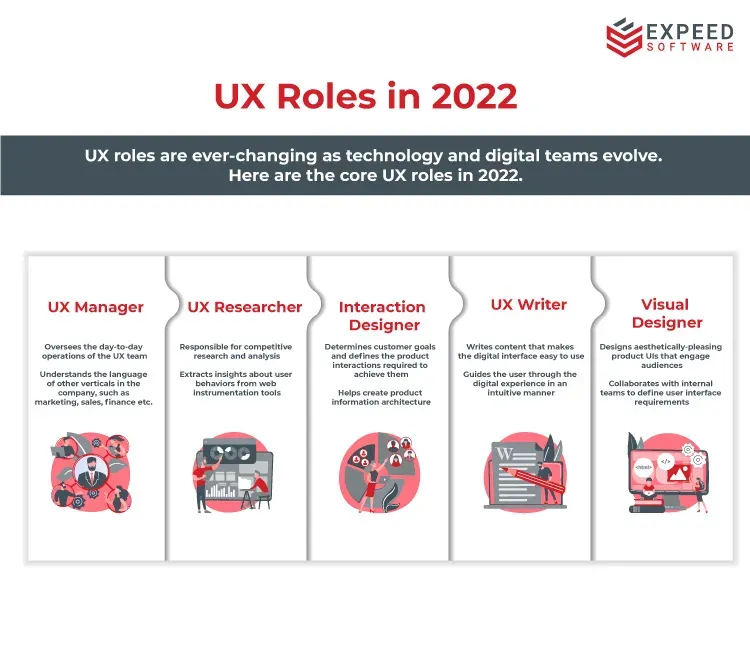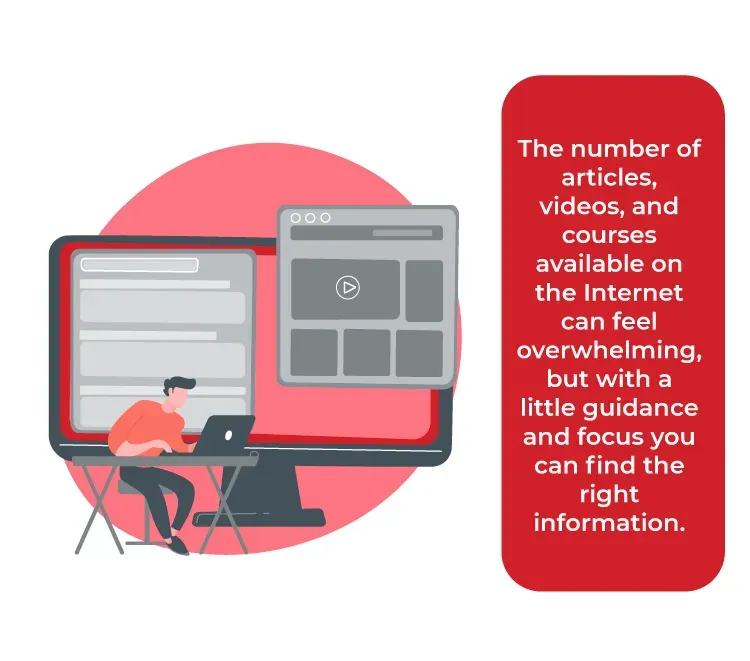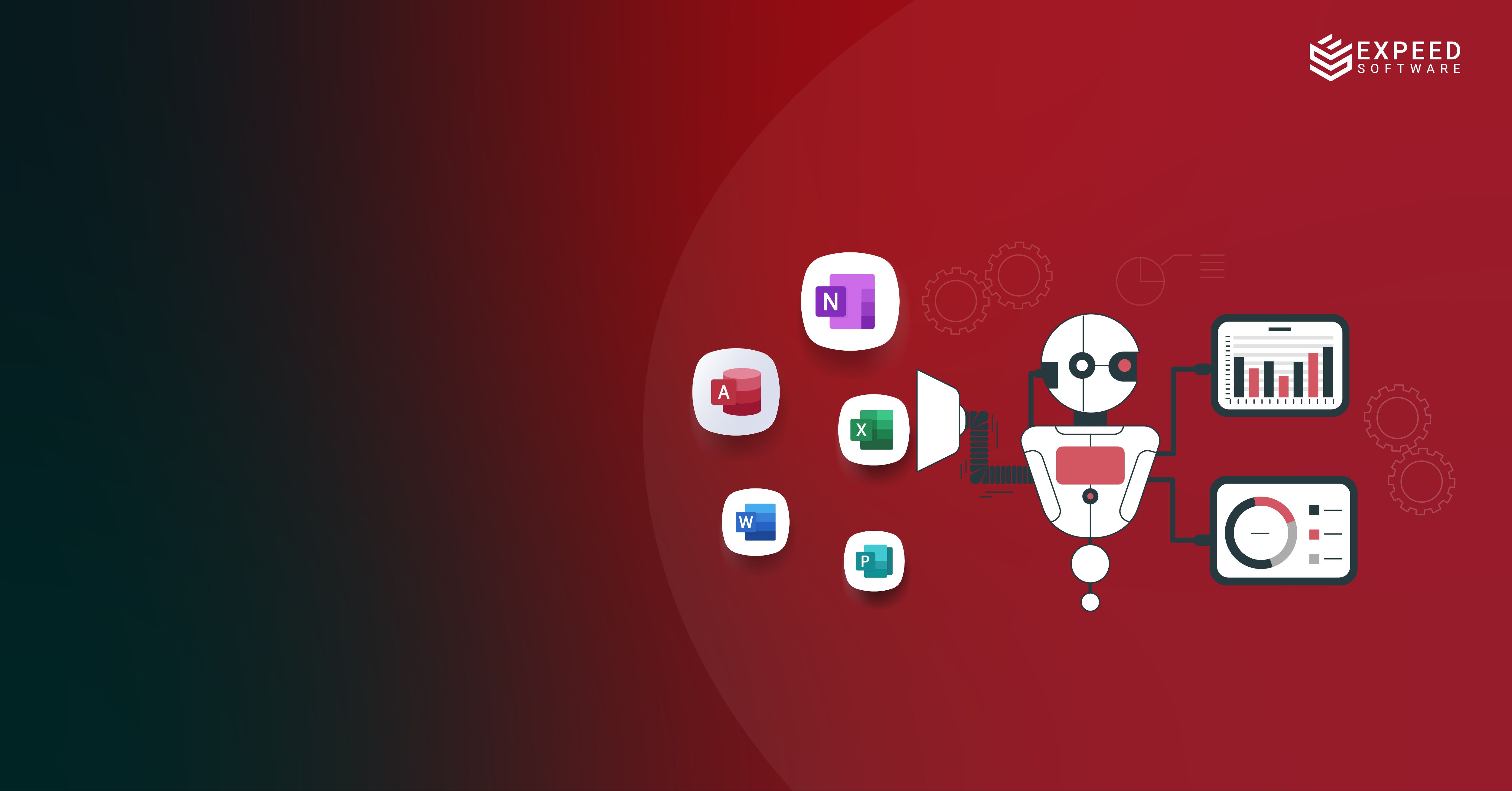UX consulting is becoming increasingly popular, both as a service and as a career choice today. UX consulting firms are on the lookout for talented and creative UX designers who can help bring products and brands to life. As a software development company focused on creating powerful and immersive web and mobile app experiences, we take hiring for UX designer roles very seriously. In this blog, we discuss some of the key skill sets, courses, and qualifications required for building a career in UX design.
So how does one become a UX designer?
Well, there is no ‘single path’ that leads to this career. If you ask UX professionals, no two designers would have followed the same career path. The reason for this is that UX designing is a skill set that you can pick up at any age, from any background, and in relatively little time. Sound interesting? Let’s help you understand this better by explaining the primary job responsibilities of a UX designer.
What does a UX Designer do?
A UX designer’s job is to understand the needs of the business and its customers, find out solutions, and test and improvise on them. As easy as it may sound, the job requires a lot of research (quantitative and qualitative) and analysis to figure out the sweet spot where the user’s requirements meet the business goals. UX teams engage in many ‘ideation’ workshops to find out all possible solutions to a particular UX problem and then select the most feasible one. In the end, the UX designer is responsible for organizing and presenting information in an intuitive manner and connecting different pieces of information using predictable navigation paths The final solutions need to be validated by the user before even going to production. In short, UX designers are responsible for creating products that are intuitive, aesthetically pleasing, and offer joyful user experiences while meeting all business goals. Click here to learn more about the role of UX designers in mobile app development. Good UX Designer will have the ability to understand the psychology of the product’s user base to provide designs that will resonate with them.
Small companies or start-ups usually hire only one ‘UX Designer’ who will be responsible for the entire UX process. In bigger companies, however, user experiences are managed by a team of UX professionals designated to carry out very specific job functions. Here’s what a typical team at a UX consulting firm looks like:
- UX Manager – Oversees the day-to-day operations of the UX team
- UX Researcher – Is primarily responsible for the competitive research and analysis
- Interaction Designer – Is responsible for designing user interactions with the product
- UX Writer – Creates the content that supports the UI/UX
- Visual Designer – Is responsible for developing the high fidelity user interface

How to become a UX designer
Now that we understand the various roles handled by a UX design team, let’s go back to our original question, ‘How to become a UX designer?’
There are two ways to become a UX designer – the first is through a traditional approach and the second through a self-learning approach.
The Traditional Approach
The traditional approach, as the name would suggest, involves taking a design course at college, earning a degree, and jumping right into the field. Several universities offer degrees in digital design, graphics, and UX. While the approach in itself is simple and straightforward, its main drawbacks are that it is time-consuming and expensive. However, this approach provides a structured learning method. If one has the luxury of taking this approach, the focus of learning should be on the principles of design and tactics to analyze user behavior, not just the tools and technologies used. Focussing on the tools and technologies makes this approach a hard bargain as they tend to change constantly.
The Self-Learning Approach
The majority of UX designers in the industry today are advocates of the self-learning approach, not only because it’s quick and inexpensive, but also because it’s easily doable. If you plan and execute aggressively, you can become a UX designer within 6 to 12 months. The number of articles, videos, and courses available on the Internet can feel overwhelming, but with a little guidance, self-discipline and focus you can find the right information. Online courses like ‘User Experience Design Specialization from Google (available on Coursera) or Interaction Design Foundation are great ways to pick up the desired skill sets required for the job. UX bootcamps can help you gain some practical knowledge as well.
If you are planning to take the self-learning approach, it’s important to find a mentor who can bring your knowledge and skills together for fruitful completion. UX design is an intense process, and it is always best to have someone experienced enough to empower and support you. A good mentor will offer you not only the technical/strategical guidelines but can also help you overcome roadblocks in your career path.

Key Skills Needed in a UX Designer
Empathy: Empathy is the ability to put yourself in others’ shoes. You are going to design solutions for other people. So, you need to understand their environment, pain points, etc in order to give them a solution that solves their problem and gives them a satisfactory experience.
Problem-solving skills: A UX designer’s primary job is to find solutions to very specific user problems while staying aligned to the business goals. You need to develop out-of-the-box thinking that can help you solve problems while addressing the root cause.
Communication: The best design solutions are usually the ones that satisfy the expectations of all stakeholders involved like the business management, leaders target users, the marketing team, the technical staff, other UI designers involved, etc. Your ability to communicate well with the concerned teams and understand their expectations plays a critical in determining your success as a UX designer.
Ability to fail (and then learn from it): All successful UX designers can agree that they don’t always get it the first time. You may spend hours or maybe even days trying to find a solution only to find out that it does not meet user expectations. The disappointment you feel when you realize that your idea doesn’t work, although painful, is actually a good thing. Good UX designers are the ones that learn from their mistakes and improve. The mindset to analyze your mistakes, learn from them and keep improving your solutions is considered extremely important in UX design.
Get Some Hands-on Experience
The process of learning to become a UX designer is only complete once you’ve had some real-world experience designing for customers. A great way to do that is volunteering to help a local business. If you want to become a UX designer for digital products, then help the local business to sell online. If you are inclined to do UX for industrial products, find a local manufacturer and help improve their product. Maybe you need to offer your service for free, but it will be worth it! Not only does it offer completion for your learning, but it is also a great way to build a strong portfolio. Read up on UX case studies published by large UX consulting firms and learn to document everything. Do a lot of iterations and get some genuine feedback for your work that you can include in your portfolio. Here’s an example of a UX case study we did at Expeed.
Why Portfolios Are Important
A UX portfolio showcases your work, design skills, and project highlights. This is where you showcase the research you have done, your approach towards analyzing them, the unique solutions you came up with and why, and how you tested and improved them. It usually contains the details of the design methodology used and the specifics of artifacts you created throughout the design journey. Portfolios are a great way to showcase your skills to UX consulting firms or your next clients.
Finding the Right Job
Networking is the key to finding the right UX job. Create a good LinkedIn profile, connect with fellow designers there, or explore open positions in their network. Identify UX design consulting companies whose work you like and follow their pages for recruitment updates.
Meanwhile, brush up on your design skills, stay updated with the latest design trends and technologies and keep your portfolio updated. You can always choose to freelance as a UX designer until the right UX design consulting firm hires you.
Happy designing!

Expeed Software is a global software company specializing in application development, data analytics, digital transformation services, and user experience solutions. As an organization, we have worked with some of the largest companies in the world, helping them build custom software products, automate processes, drive digital transformation, and become more data-driven enterprises. Our focus is on delivering products and solutions that enhance efficiency, reduce costs, and offer scalability.


